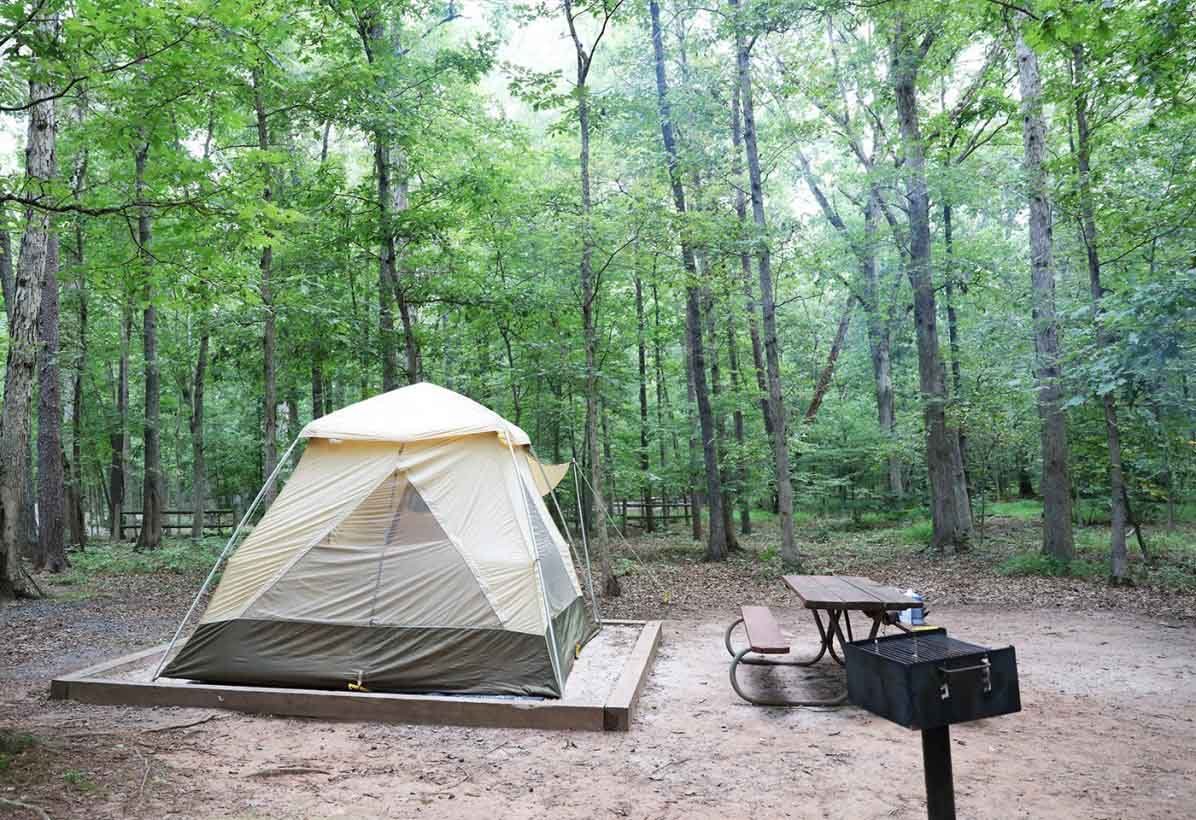Published Articles
Carlyle Connection - Winter 2014
You all probably learned at some point that Carlyle House stands out as Alexandria’s only Georgian-Palladian mansion, but what exactly does that mean? Where did this architectural design originate? How did we get from basic temporary shelter to stone mansions?
Carlyle Connection - Spring 2014
Theories abound as to where John Carlyle got design inspiration for his Alexandria mansion. Some claim a Palladian influence, but what does that mean?
Carlyle Connection - Summer 2014
This past Spring, some of you may have watched the AMC original series “Turn” which portrayed several key players of General Washington’s first espionage network (i.e., The Culper Spy Ring) during the Revolutionary War. That series and the book that provided the foundation upon which Turn was based (Washington’s Spies by Alexander Rose), and some encouragement from Helen Wirka, spurred me on to write this article (a few of the Carlyle House community even read and discussed this book recently during one of its book club sessions).
Carlyle Connection - Fall 2014
For several years, an unsettling topic has roiled the historic house museum profession. Can a historic house museum survive in today’s world? These are extremely challenging times for everyone; historic house museums are no exception. Yet lean times are when historic house museums matter most.
The Summer Parlor: Space Utilization in Eighteenth and Nineteenth Century Houses - June 2014
Eighteenth and nineteenth century room utilization, including the concept of multipurpose room-use, are aspects of historic house tours that continue to fascinate visitors. One space in particular is often misunderstood in this regard: the entry passage. The earliest eighteenth century houses of many southern planters and merchants consisted of a simple two-room floor plan comprising a hall and chamber/parlor on the ground floor with a garret space above. The main entrance gave direct access into the “hall”, a general purpose space where family and servants dined, worked, socialized and frequently slept, a concept referred to by historians as the “socially open” plan.
Reconstructing John Carlyle’s Library - December 2014
With so few of John Carlyle’s books identified by title or author in the probate inventory of his estate it is nearly impossible to reconstruct his library of 235 volumes. However, it is possible to examine the books owned by one of his friends.
Preserving the Carlyle House Archaeology Collection - November 2014
In the year 2014, Carlyle House Historic Park completed a rehousing project implemented to address important preservation issues regarding the Carlyle House archaeological collection.
The Architectural Context of Carlyle House continued - October 2014
Theories abound as to where John Carlyle got design inspiration for his Alexandria mansion. Some claim a Palladian influence, but what does that mean? Andrea Palladio (1508-1580), born in Padua and raised in the Veneto, fueled the idea that there is a correct way to design a building, and that correct way is rooted in the architecture of ancient Rome. He is best known for his 1570 treatise, The Four Books of Architecture, one of the most influential architecture books of all time1. Palladio extensively studied, measured, and drew the buildings of ancient Rome. His interpretation carried classicism through the nineteenth century, and his designs symbolize the Renaissance mission and its rediscovery of ancient Rome more than any other architect’s. Although other Renaissance architects also published treatises, Palladio’s was the most useful and informative. His written work was far more influential than his built works.
The Architectural Precedents and Context of Carlyle House - September 2014
You all probably learned at some point that Carlyle House stands out as Alexandria’s only Georgian-Palladian mansion, but what exactly does that mean? Where did this architectural design originate? How did we get from basic temporary shelter to stone mansions? Completed in 1753, Carlyle House embodies the Georgian style of architecture in the United States, which gained ascendancy in Virginia circa 1700. By most measures, Georgian is the first European “style” of architecture popularized in Virginia. Pre-Georgian structures tend to be vernacular, although there are a handful of extant seventeenth-century examples of Gothic design.1 In Virginia, Georgian was a natural outgrowth of the existing vernacular, yet it also represented something more. Those who built in the Georgian style proclaimed their elite status. They were not backwards colonists; they were just as refined and cultured as those they left behind in Europe, especially England.
Spies and Secret Communications during the Revolution - August 2014
This past spring, some of you may have watched the AMC original series “Turn” which portrayed several key players of General Washington’s first espionage network (i.e., The Culper Spy Ring) during the Revolutionary War. That series and the book that provided the foundation upon which Turn was based (Washington’s Spies by Alexander Rose), and some encouragement from Helen Wirka, spurred me on to write this article (a few of the Carlyle House community even read and discussed this book recently during one of its book club sessions).
Clay Pipes and Their Use in Archaeology - May 2014
Clay pipes. We have a few in the Carlyle House collection, we sell them in our gift shop, and they’re on display throughout the house. In fact they can be found at just about any historic colonial site and are a quintessential product of their time. But why are they so important, not just to Carlyle House, but to colonial archaeology as a whole? As with so many topics in colonial history it starts with the tobacco trade.
What is That Piece of Furniture on Loan in the Master Chamber? - April 2014
On many of the tours the staff and docents have given, there is frequently a cry of delight as visitors enter the Master Chamber: “Oh look! A highboy!” Many visitors to Carlyle House often consider themselves to be furniture experts when they visit museums, and we do attract many antiques and museum professionals for tours here. Frequently our guests demonstrate a well-informed knowledge of many objects in our collection. As volunteers and staff who are dedicated to Carlyle House, we are very happy to learn from them as well and sometimes we adjust the information on our tours as a result. However, the biggest misconception that our visitors have when touring Carlyle House, is that there is a Philadelphia highboy in our collection. And in this instance, they are incorrect in their thinking.
The Travels of the Carlyle Portraits - March 2014
For centuries men and women have had their portraits painted, not only as a means of showing what they looked like, but since portraits were expensive, also showing their wealth and importance. The four portraits in the Carlyle House illustrate the wealth and social standing of the Carlyle family. These four pictures have had numerous travels over the centuries before finally being reunited in the Carlyle House.
Interpreting Slavery at Carlyle House - February 2014
February is Black History month and a chance to reflect on the African-Americans who lived and worked at Carlyle House. With so many stories, facts and objects to interpret that focus on the Carlyle family, it is easy to forget the more silent voices of those who labored here. This is a good time to listen closely to those voices, reflect on them and think about how their voices could become a part of your tour.
What is a Furnishing Plan Anyway? - January 2014
When John Carlyle and his wife Sarah Fairfax completed their new residence in Alexandria, it was undoubtedly meant to be the most impressive house in town. It was the kind of house owned by only the top 2% of colonial Virginia society. When John Carlyle died, in 1780, a lengthy inventory of his personal belongings was filed with the Fairfax County Court. Cumulatively, this document lists nearly 460 items that belonged to Carlyle – furniture, silver, ceramics, prints, maps, etc. – yet it fails to tell us where a single one of them was located. Over twenty years ago, in 1984, the Northern Virginia Regional Park Authority commissioned a Furnishing Plan to help interpret the inventory and give the staff direction on how to furnish the house during the time period of Col. Carlyle’s occupancy.


